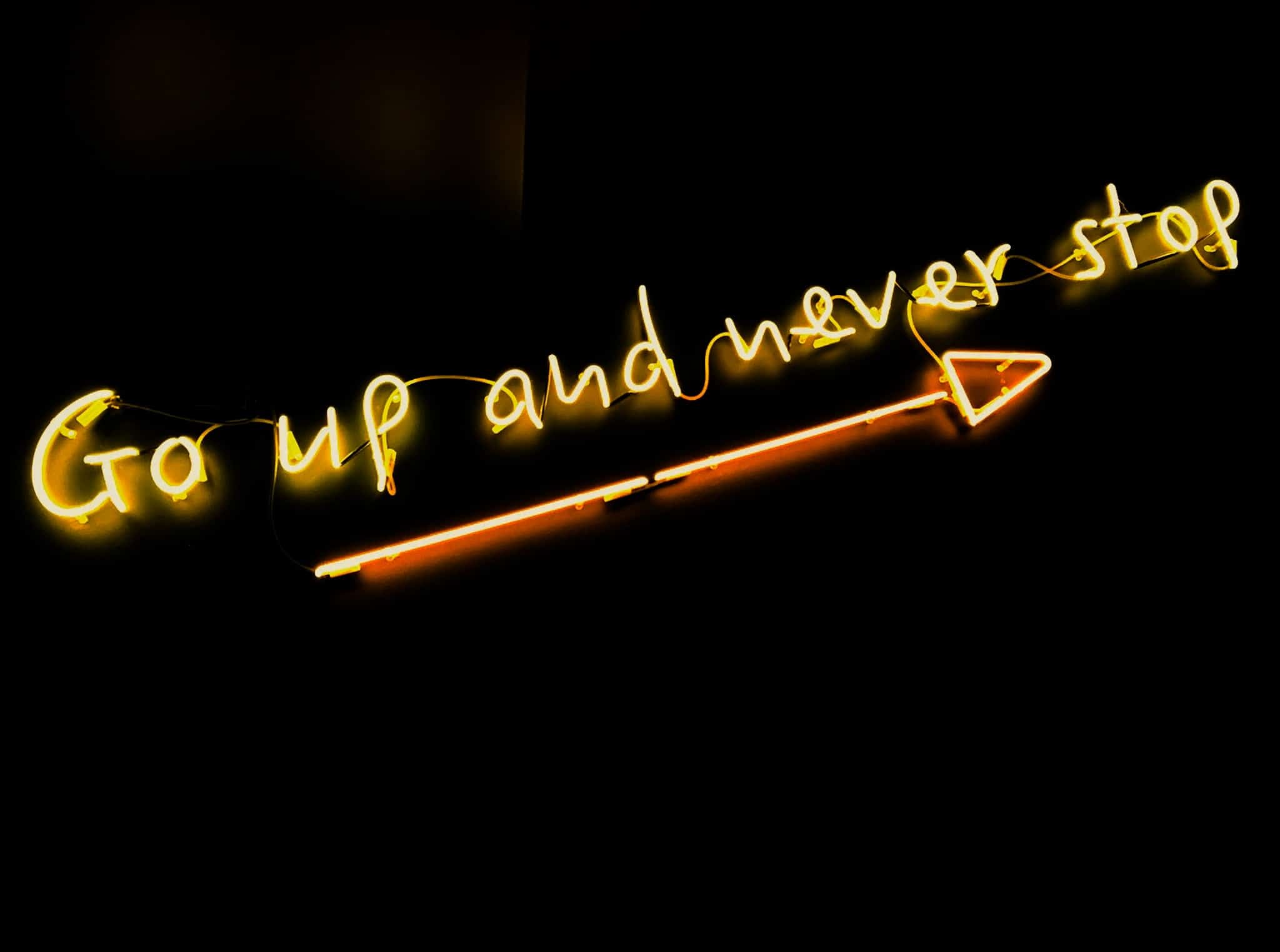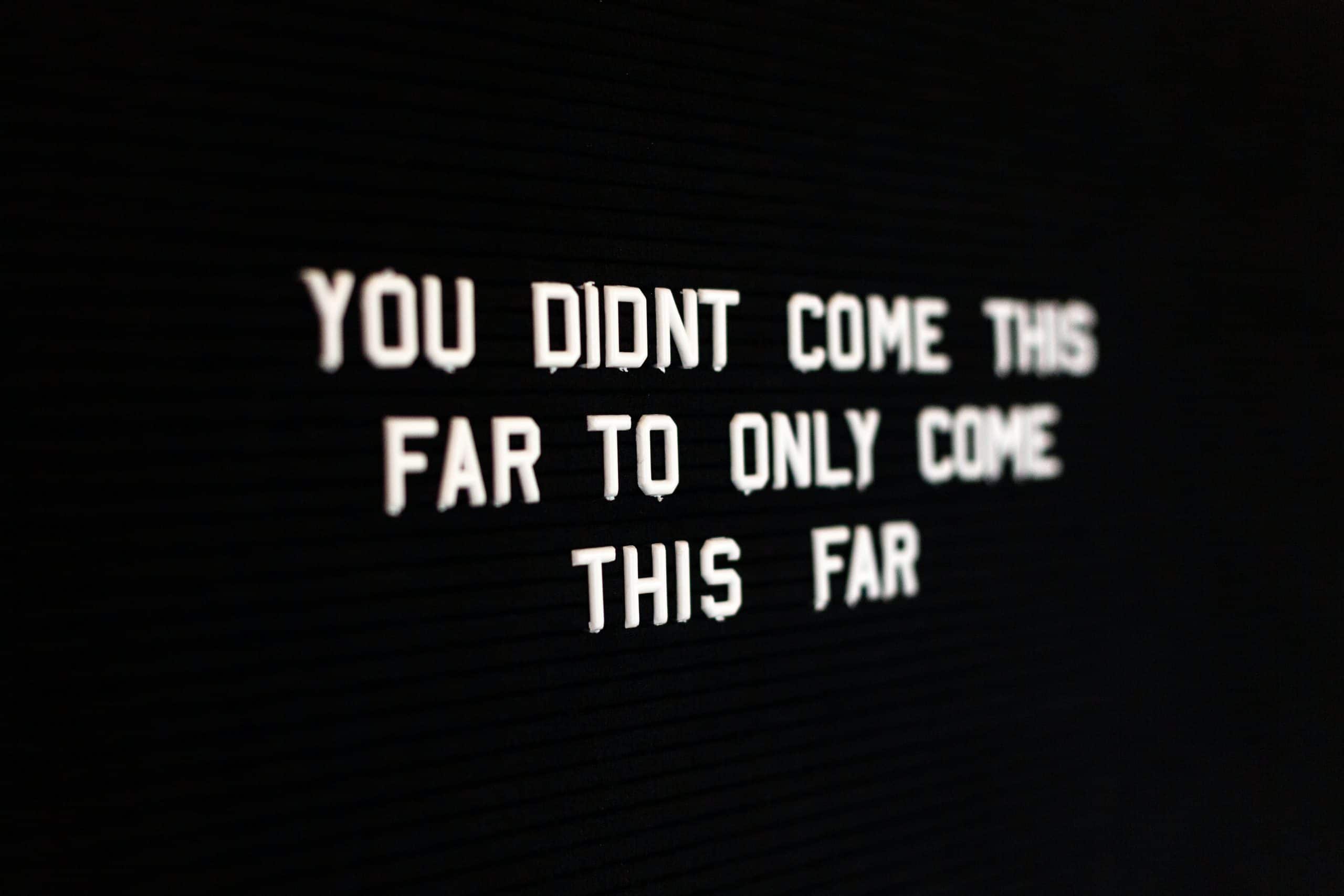Historical statues occupy most towns and cities across the world, a footprint of a time now passed. Artist Matthew Quick injects new life into old statues, dressing them with a contemporary guise and bringing their symbolism back to life. We spoke to Matthew about his paintings and the inspiration behind their creation.


Hello, tell me a little bit about yourself and what led you to your current practice.
I painted as a teenager and studied design and illustration. But when you are curious about everything, it’s easy to get distracted. And I was distracted for a long time. Wrote a couple of novels in my 20’s. Had my own design and advertising agency for a few years. And then a cancer epiphany in my 30’s prompted a return to painting. There’s nothing to focus the mind like someone telling you that you are going to die.
Now living in Melbourne, Australia, I’ve resided in the UK, Portugal & Malaysia and once camped for several months underneath a grand piano. I’ve spent nights under stars in India, under ground in Bolivia, under surveillance in Burma and under nourished in London. My scariest moments were having machine-gun shoved in my face during Nepalese anti-monarchy riots and getting lost in a snowstorm on Everest glacier – although crashing a para-glider into a forest was also something of a highlight.
“It was a moment of clarity, watching the US soldiers in Baghdad pulling down that statue. You know the one: the whole world was watching. Which for the participants was rather the point. Except they missed the point entirely.”
When the US seized Baghdad, the soldiers celebrated by destroying art. Removing contemporary politics, this destruction illustrates how little has changed psychologically in the 1500 years since the barbarian sack of Rome. With one notable difference: Rome was destroyed by uneducated warriors. In Baghdad, it was stage-managed for TV. Sure, Saddam Hussein was the designated enemy of the moment. But whatever your opinion of the man, his statue was still art. And was destroyed for ideological reasons. This was the inspiration for my series Monumental Nobodies.


Tell me about what you’re currently working on.
In short, paintings of statues. But it’s so much more than that. Remnants of long forgotten Imperial overtures, religious values, colonial indulgences, aristocratic aspirations and ideals of beauty, monuments map the rise and fall of empires. Somehow more poignant when the event for which they were created has faded into history, the statues somehow float in contemporary society like disassociated thought bubbles, belonging to another time and value system. And yet nonetheless loaded with meaning. As Percy Shelley’s poem Ozymandias encapsulates, all empires, with their pretensions to greatness, inevitably decline. In Baghdad this arc was played out in real time with the curious twist that the desecration was done in the name of civilization. This act has added gravitas in recent years with ISIS destroying the Roman artefacts in Syria and the Taliban blowing up the giant Buddhas of Bamiyan. But we’re still the good guys, right?
From the people who build monuments in the first place to those who destroy them, from the Visigoths and Vandals sacking Rome, the waves of European colonization, the destruction wrought by ISIS, taggers defacing Banksy’s work and even, I’ve seen, guys walking down the street keying cars one after another, there is a thread running though all: the universal connection is about leaving a mark.
“They are all trying to say: Here I am. I have existed. Some say it with beauty. Other with destroying the beauty. But the sentiment is the same.”
To represent these ideas into cohesive, instantly recognizable visual stories I started painting existing monuments with specific contemporary items. And while this worked, something curious also happened. What I found was that in many cases the added object altered the focus, causing the viewer to begin questioning the origins of the item and its place in society.
So for example when I put Playboy Bunny ears on an 17th century French statue, the incongruity of time periods and notions of beauty invites the viewer to look at this iconic symbol, so commonplace now as to be almost invisible, with fresh eyes. And so the series began to evolve into something different.
With my attention now turned to contemporary society, suddenly everything was fair game. With their conscious symbolism, the statues provide a foundation for a revisionist take on the notions of beauty, pride, individual freedom, social control, surveillance and nationalism. Historical sacred cows were also up for grabs. With ordinary objects replacing their crowns and thrones, the aura of emperors and gods can be transformed into powerless nobodies. And by gently ridiculing the deceitful behaviour of rulers who intentionally fail to act as they speak, it allowed me to question their motivations and subvert their initial grandiose goals.


What do you want to turn your hand to next?
Next I am going to translate some of the ideas I’ve painted in actual statues: bronze and marble. And a new paintings series… something that allows me to combine all my earlier careers. Because in fact being an artist is my sixth major career, having worked variously as an art-director, copywriter, university lecturer, illustrator & novelist. My new concepts will rely on the lessons learned in campaign advertising. Constructed according to the principles of the Golden Ratio, the layout will use my background as a designer. My illustrator beginnings will be built upon with the techniques of the Old Masters, with each painting containing layers of glazes to build up a velvety saturation of colour without brush strokes. And my utilising writing in the titles of the works, which will add secondary and tertiary dimensions to each concept. That’s the plan anyway. But ask me next month – it may change.
How do you go about promoting yourself and your artwork?
I use all the media. From traditional print articles in newspaper and magazines, radio interviews, blog interviews, but mainly its Facebook and Instagram. Facebook has been amazing for connecting with other artists, collectors, and curators. Instagram has better reach, but a less targeted audience.
And then there are the prizes. There are a surprisingly large number of independently curated art prizes in Australia, that are judged (usually) by a panel of curators, editors, gallerists and professional artists. These have pretty decent attendances – and do get press. Ultimately they help in establishing one as a professional, hopefully quality, artist.

Who has been your biggest inspiration?
I find inspiration everywhere. I get ideas just reading the newspaper. I love history as it help makes sense of current events, as everything that is happening now connects back to what preceded it. There are numerous artists I love, plus some writers. Perhaps the most influential in terms of creative thinking is the writing of Peter Carey… particularly his early short stories. They feature everything for a society in which the fat are ostracised, to gun toting genocidal accountants, to heroin-addicted pigs!
Whose artwork/photography are you currently excited by?
So many artists: love Geffrey Smart; he invented a whole new visual language that he owns. Ai Weiwei. Plus the paintings of Vincent Desidario. Sophia Hewson. Abdul Adbulla. Juan Ford. British artist Mitch Griffiths. And Mark Tansey; what a brilliant thinker and he has paintings skills that are just jaw dropping.

